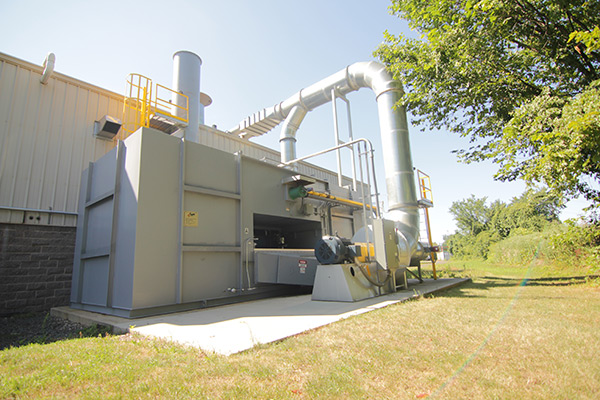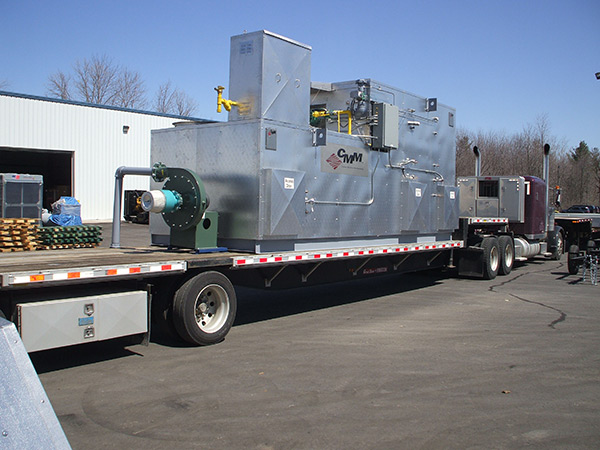It’s no secret that manufacturing plants, such as paint mills, need to follow rigorous regulations when it comes to disposing of all their waste[1]. This includes the dangerous gas emissions known as volatile organic compounds or VOCs.
These air pollutants are known for causing health complications when concentrated indoors. At the same time, they can also result in the formation of smog and other environmental complications when concentrated outdoors. Finding the most effective VOC abatement technology is critical to creating a sustainable manufacturing facility.
In this article, we will discuss the definition of volatile organic compounds, and highlight the most effective methods to treat these dangerous emissions.
What are VOCs?
Volatile Organic Compounds are flammable gas emissions and there are thousands of different types found today. They can come as a result of industrial activities that involve organic solvents. Because of this, organizations like the Environmental Protection Agency (EPA) have set up acceptable standards for VOC abatement and destruction standards, which factories need to follow in order to stay in business.
Choosing the Most Effective VOC Abatement Method
If you are looking to choose the right VOC abatement technology, you also have to consider the amount of energy required to operate the equipment. Destroying Volatile Organic Compounds requires a lot of heat, which can considerably increase your factory’s energy consumption. To mitigate this, some oxidizers rely on preserving and reusing heat during the destruction of VOCs.
When it comes to destroying volatile organic compounds while maintaining relatively low operating costs, Regenerative Thermal Oxidizers and catalytic oxidizers provide high VOC destruction rates while being extremely energy efficient.
Regenerative Thermal Oxidizers

Regenerative Thermal Oxidizers, also called RTOs, are designed to be energy efficient and can destroy greater than 99% of VOCs produced in a factory. They use a heat transferring medium in the form of ceramic surfaces to heat up the polluted air as it enters the combustion chamber. The heat is stored and transferred through the ceramic surfaces, and they are capable of achieving a thermal efficiency of up to 97%.
RTOs are extremely effective because they use a simple thermochemical reaction to get rid of a high percentage of volatile organic compounds. VOCs are combined with oxygen and extreme temperatures, which causes a chemical reaction that destroys the dangerous chemicals. The only by-products created are CO2, H2O, and usable heat.
Not only this, but Regenerative Thermal Oxidizers use some of the most advanced thermal-recovery tech found today. Although it implements seemingly simple materials, like ceramic, they are perfectly designed to combine the principles of temperature, turbulence, and time, while featuring some of the most advanced designs in the industry.
Related: How Can Regenerative Thermal Oxidizers Benefit Your Manufacturing Facilities?
Catalytic Oxidizers

Similar to RTOs, Catalytic Oxidizers depend on heating up VOCs in order to destroy them. However, because they employ a catalyst in the combustion chamber, they don’t require such extreme temperatures. Catalytic Oxidizers also employ thermal transfer technology, so they also present a very cost-effective option.
Conclusion
Always remember that there are many factors that will influence your decision when searching for the most effective VOC abatement solution. If you are thinking about implementing an RTO or a Catalytic Oxidizer, always consider the concentration levels and the waste stream flow rates, as they are both critical to the selection of the oxidizers.
If you are interested in learning more about RTOs and other VOC abatement technologies, get in touch with us today by filling out our online form or by giving us a call at (920) 336-9800.




